Home>Furniture & Design>Bathroom Accessories>How Do I Fix Low Water Level In Toilet Bowl
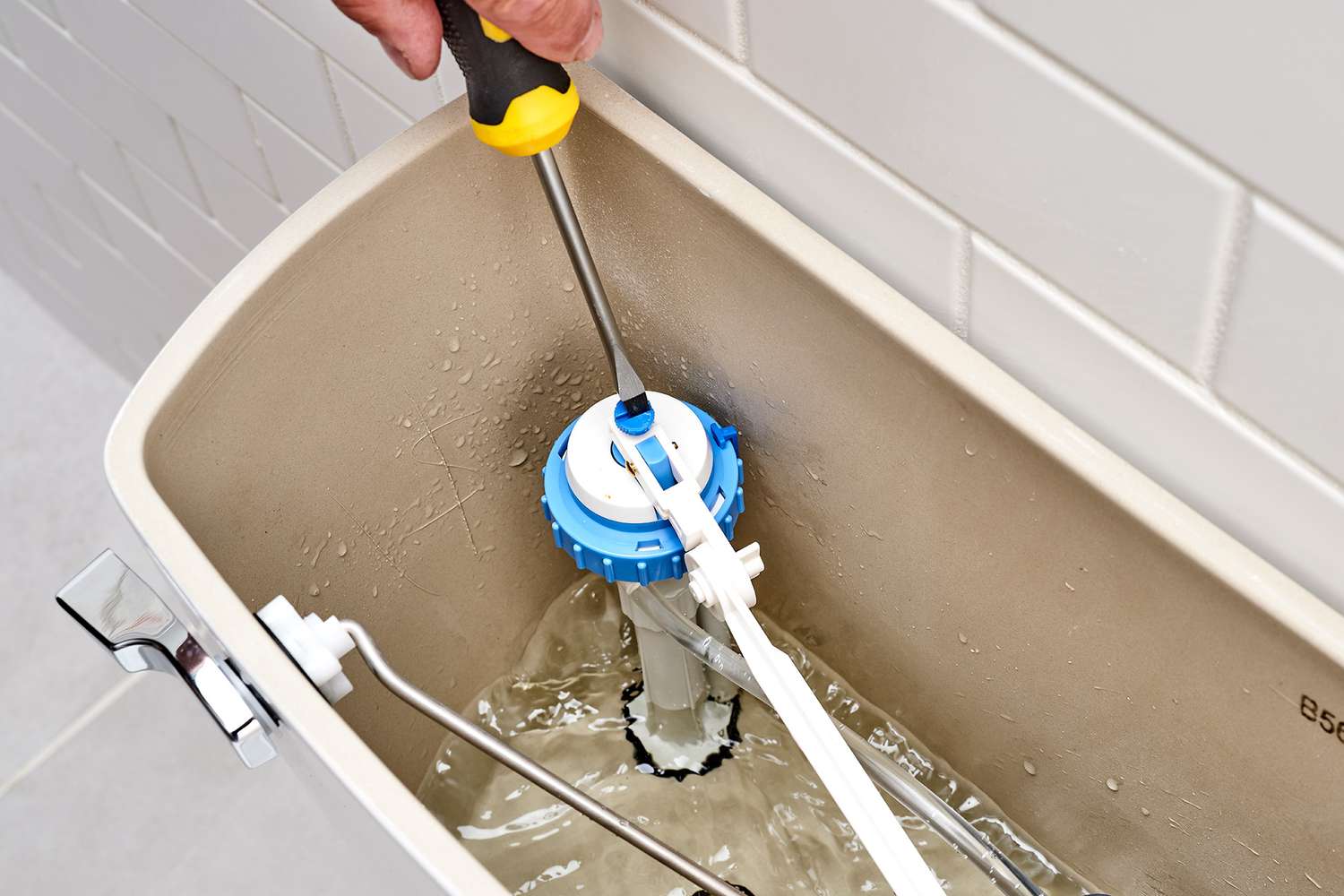

Bathroom Accessories
How Do I Fix Low Water Level In Toilet Bowl
Modified: October 19, 2024
Learn how to fix low water level in your toilet bowl with the right bathroom accessories. Keep your toilet functioning properly with these simple tips.
(Many of the links in this article redirect to a specific reviewed product. Your purchase of these products through affiliate links helps to generate commission for Storables.com, at no extra cost. Learn more)
Introduction
A properly functioning toilet is essential for a comfortable and hygienic bathroom experience. One common issue that can disrupt this functionality is a low water level in the toilet bowl. When the water level is lower than normal, it can lead to incomplete flushing, unpleasant odors, and difficulty in keeping the bowl clean. Understanding the potential causes of this problem and learning how to address it effectively is crucial for maintaining a fully operational and efficient toilet system.
In this comprehensive guide, we will explore the common reasons behind low water levels in toilet bowls and provide practical solutions to rectify this issue. Whether you are a homeowner, a tenant, or a DIY enthusiast, having the knowledge and skills to troubleshoot and resolve low water levels in a toilet bowl can save you time, money, and the inconvenience of dealing with a malfunctioning toilet. Let's delve into the factors that contribute to this problem and discover the steps to restore the optimal water level in your toilet bowl.
Key Takeaways:
- Don’t let a low water level in your toilet bowl ruin your bathroom experience. Check the fill valve, flapper, rim jets, and water supply to fix the issue and keep your toilet running smoothly.
- By understanding and addressing common causes like clogs and faulty components, you can easily restore the proper water level in your toilet bowl. With a few simple steps, you can ensure a clean and efficient bathroom experience.
Read more: Why Is Toilet Bowl Water Low
Common Causes of Low Water Level in Toilet Bowl
Low water levels in a toilet bowl can be attributed to various factors, each of which can disrupt the normal functioning of the toilet. Understanding these common causes is essential for effectively diagnosing and addressing the issue. Here are the primary reasons behind low water levels in toilet bowls:
-
Partially Closed or Faulty Fill Valve: The fill valve, also known as the ballcock, is responsible for refilling the toilet tank after each flush. If the fill valve is partially closed or faulty, it can restrict the flow of water into the toilet bowl, resulting in a lower water level than usual.
-
Damaged Flapper or Flush Valve: A damaged or improperly functioning flapper or flush valve can lead to water leakage from the toilet tank into the bowl. This continuous leakage can cause the water level in the bowl to decrease over time, indicating the need for a thorough inspection and potential replacement of these components.
-
Clogged Rim Jets: The rim jets, located under the toilet bowl rim, are designed to release water into the bowl during flushing. When these jets become clogged with mineral deposits or debris, the water flow is impeded, leading to a reduced water level in the bowl.
-
Partially Blocked Trapway: The trapway is the curved passage in the toilet that connects the bowl to the drainpipe. If this passage becomes partially blocked due to mineral buildup, foreign objects, or waste accumulation, it can hinder the proper flow of water, resulting in a lower water level.
-
Water Supply Issues: In some cases, low water levels in the toilet bowl may be attributed to inadequate water supply from the main source. Insufficient water pressure or a partially closed supply valve can restrict the amount of water entering the toilet bowl, leading to decreased water levels.
-
Incorrect Tank Water Level Adjustment: The water level in the toilet tank should be set to the appropriate height to ensure optimal flushing and refilling. If the tank water level is set too low, it can impact the amount of water released into the bowl during flushing, resulting in a lower water level.
By identifying these common causes of low water levels in toilet bowls, homeowners and DIY enthusiasts can gain valuable insights into the potential issues affecting their toilet systems. With this knowledge, they can proceed to implement targeted solutions to rectify the problem and restore the optimal water level in the toilet bowl.
Check the water supply valve to ensure it’s fully open. If it’s already open, try adjusting the float in the tank to raise the water level. If these steps don’t work, there may be a clog in the toilet’s trap or drain that needs to be cleared.
How to Fix Low Water Level in Toilet Bowl
Addressing a low water level in a toilet bowl involves a systematic approach to identify and rectify the underlying causes. By following the steps outlined below, you can effectively troubleshoot and resolve this common issue, restoring the optimal water level in your toilet bowl.
-
Inspect and Adjust the Fill Valve: Begin by examining the fill valve in the toilet tank. Ensure that the fill valve is fully open and free from any obstructions. If the valve appears partially closed or faulty, adjust or replace it as needed to allow for the proper flow of water into the toilet bowl.
-
Check the Flapper and Flush Valve: Inspect the flapper and flush valve for any signs of damage or misalignment. A damaged flapper or improperly functioning flush valve can lead to water leakage, causing the water level in the bowl to decrease. If necessary, replace these components to prevent continuous water loss.
-
Clear the Rim Jets: To address potential clogging in the rim jets, use a suitable cleaning solution or a mixture of vinegar and water to dissolve mineral deposits and debris. Carefully remove any obstructions that may be impeding the flow of water from the rim jets into the bowl, allowing for improved water distribution during flushing.
-
Unclog the Trapway: If a partially blocked trapway is identified as the cause of the low water level, use a toilet auger or a plumbing snake to carefully clear any obstructions within the trapway. By ensuring that the passage is free from debris and mineral buildup, you can restore the proper flow of water and alleviate the issue of low water levels in the bowl.
-
Verify the Water Supply: Check the main water supply to the toilet to ensure that it is fully open and providing adequate water pressure. Additionally, inspect the supply valve connected to the toilet to confirm that it is not partially closed, allowing for an unrestricted flow of water into the bowl.
-
Adjust the Tank Water Level: Verify that the water level in the toilet tank is set to the appropriate height, as specified by the manufacturer. Adjust the float or water level adjustment mechanism to ensure that the tank refills to the correct level after each flush, facilitating the optimal release of water into the bowl.
By systematically addressing these potential causes and implementing the corresponding solutions, you can effectively fix a low water level in the toilet bowl. This proactive approach not only restores the proper functioning of the toilet but also contributes to a more efficient and hygienic bathroom experience for all users.
Conclusion
In conclusion, addressing a low water level in a toilet bowl is essential for maintaining the optimal functionality and efficiency of the toilet system. By understanding the common causes of this issue and implementing targeted solutions, homeowners and DIY enthusiasts can effectively troubleshoot and rectify the problem, restoring the proper water level in the bowl.
The comprehensive guide has shed light on the primary factors contributing to low water levels in toilet bowls, including issues with the fill valve, damaged flapper or flush valve, clogged rim jets, partially blocked trapway, water supply issues, and incorrect tank water level adjustment. By recognizing these potential causes, individuals can conduct a thorough assessment of their toilet systems and proceed to address the specific issues affecting the water level in the bowl.
Furthermore, the step-by-step approach outlined in this guide provides practical and actionable solutions for fixing low water levels in toilet bowls. From inspecting and adjusting the fill valve to clearing the rim jets, unclogging the trapway, verifying the water supply, and adjusting the tank water level, each step is designed to systematically address the underlying causes and restore the optimal water level in the toilet bowl.
By taking proactive measures to rectify low water levels in toilet bowls, individuals can ensure a seamless and hygienic bathroom experience for themselves and their households. Additionally, addressing this issue contributes to water conservation and the efficient operation of the toilet system, aligning with sustainable and eco-friendly practices within the home.
In essence, the knowledge and skills gained from this guide empower individuals to tackle common toilet-related issues with confidence and competence. By leveraging these insights, homeowners and DIY enthusiasts can effectively troubleshoot and resolve low water levels in toilet bowls, contributing to the overall functionality and comfort of their bathroom spaces.
Ultimately, the ability to address and resolve low water levels in toilet bowls is a valuable skill that enhances the maintenance and performance of essential bathroom fixtures, ensuring a reliable and pleasant experience for all users.
Frequently Asked Questions about How Do I Fix Low Water Level In Toilet Bowl
Was this page helpful?
At Storables.com, we guarantee accurate and reliable information. Our content, validated by Expert Board Contributors, is crafted following stringent Editorial Policies. We're committed to providing you with well-researched, expert-backed insights for all your informational needs.
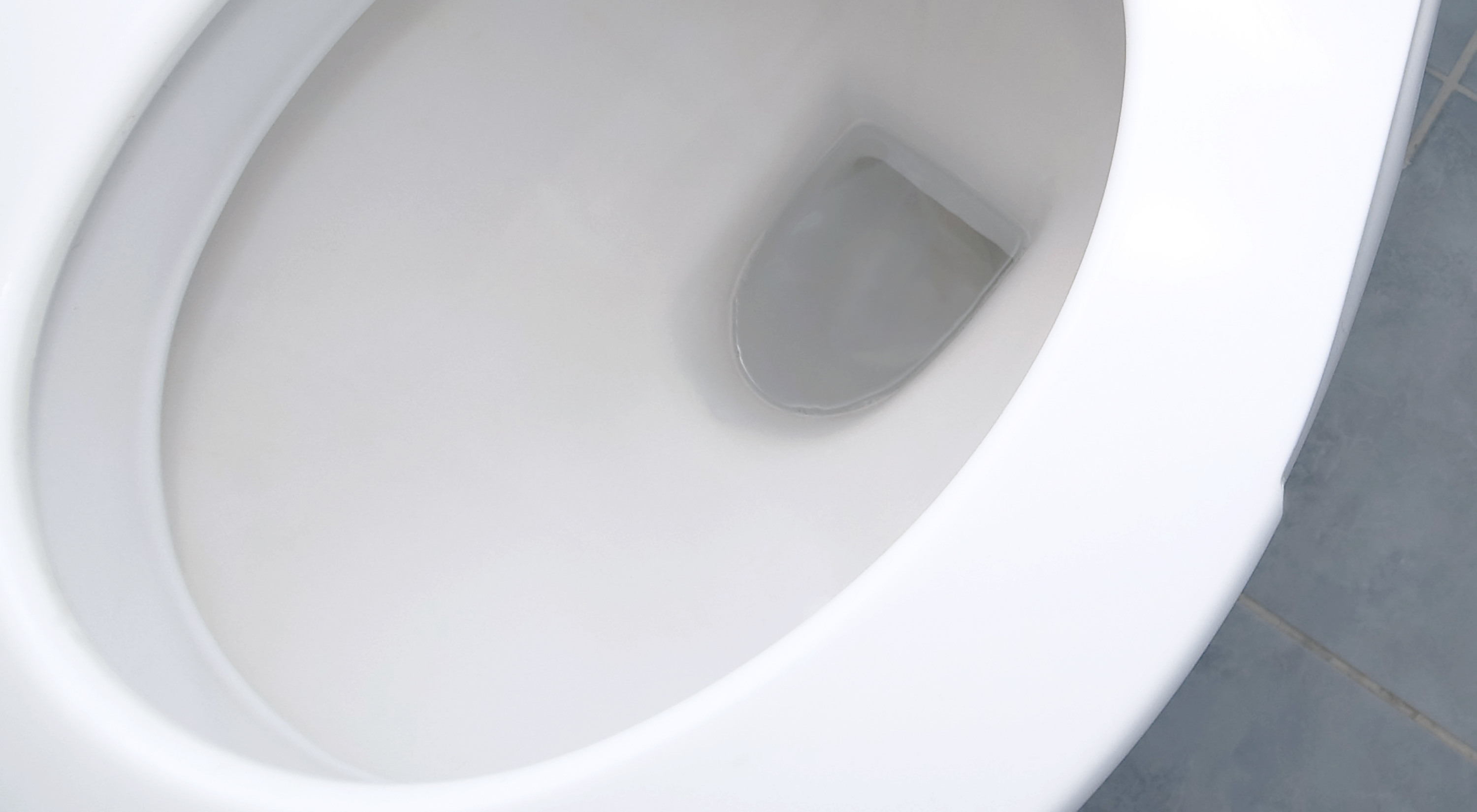
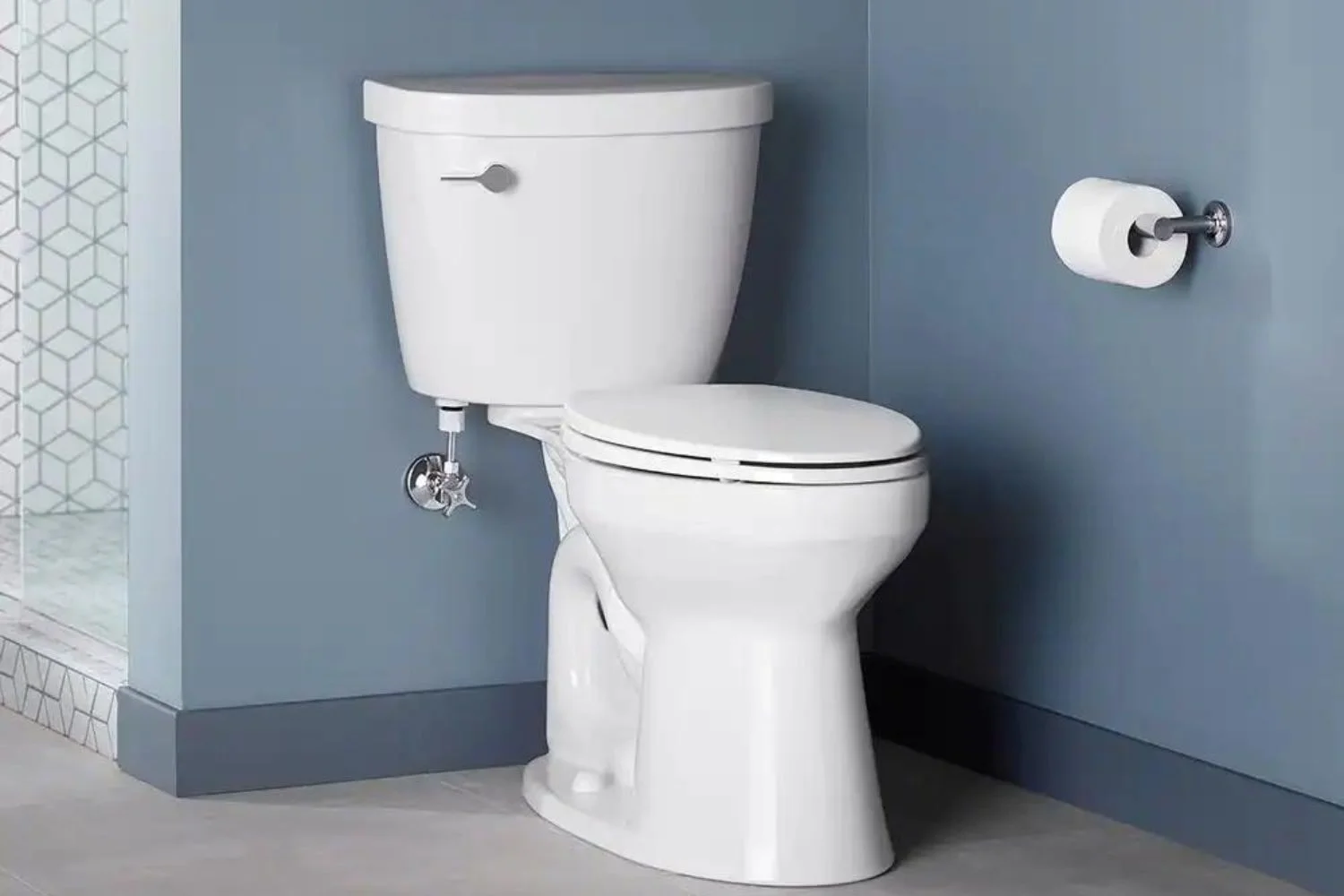
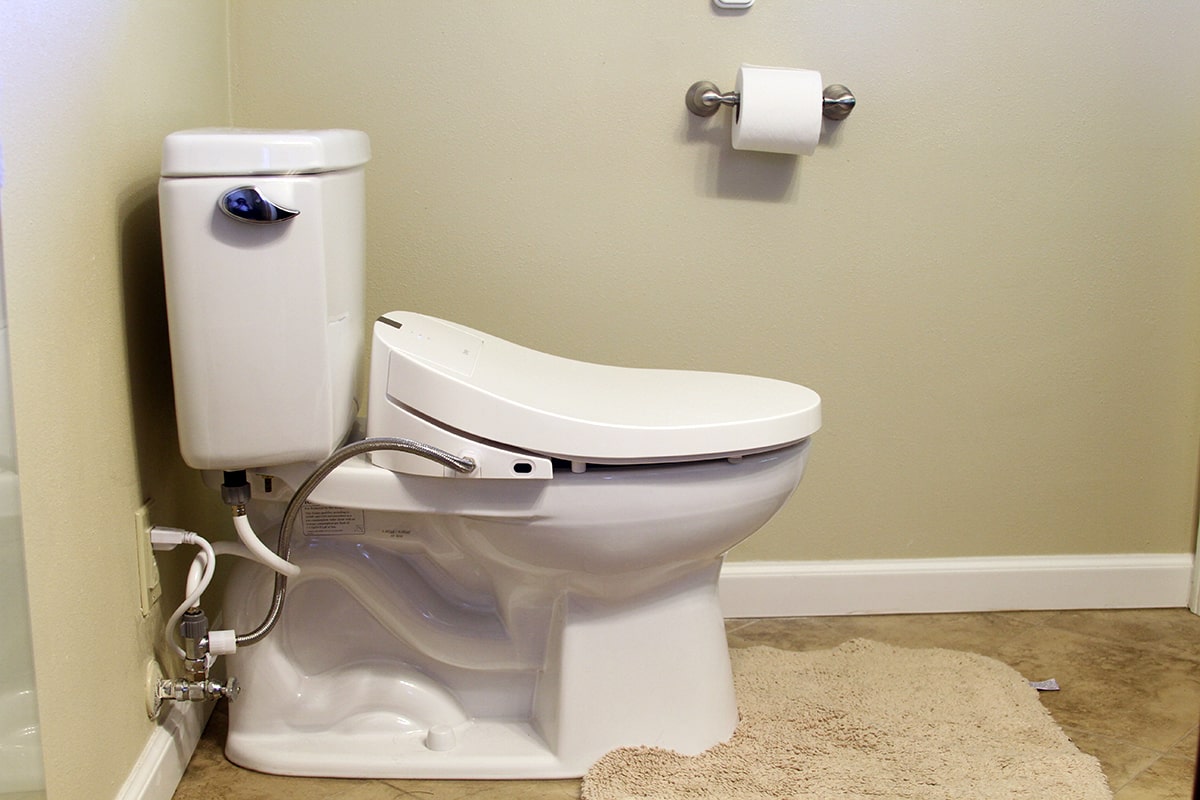
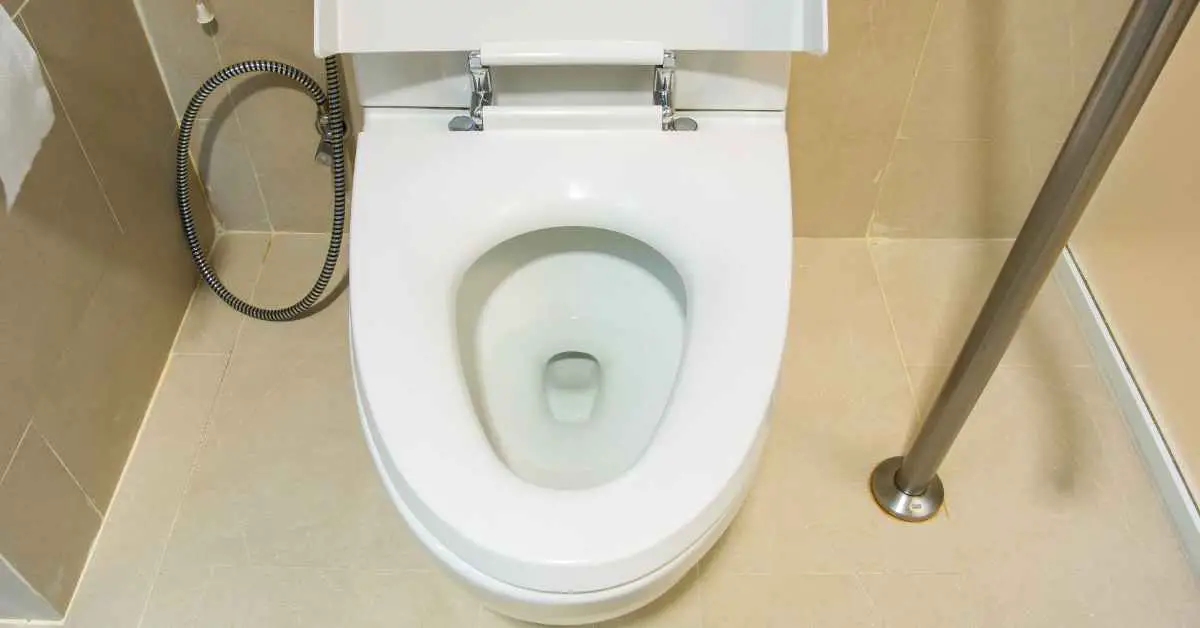
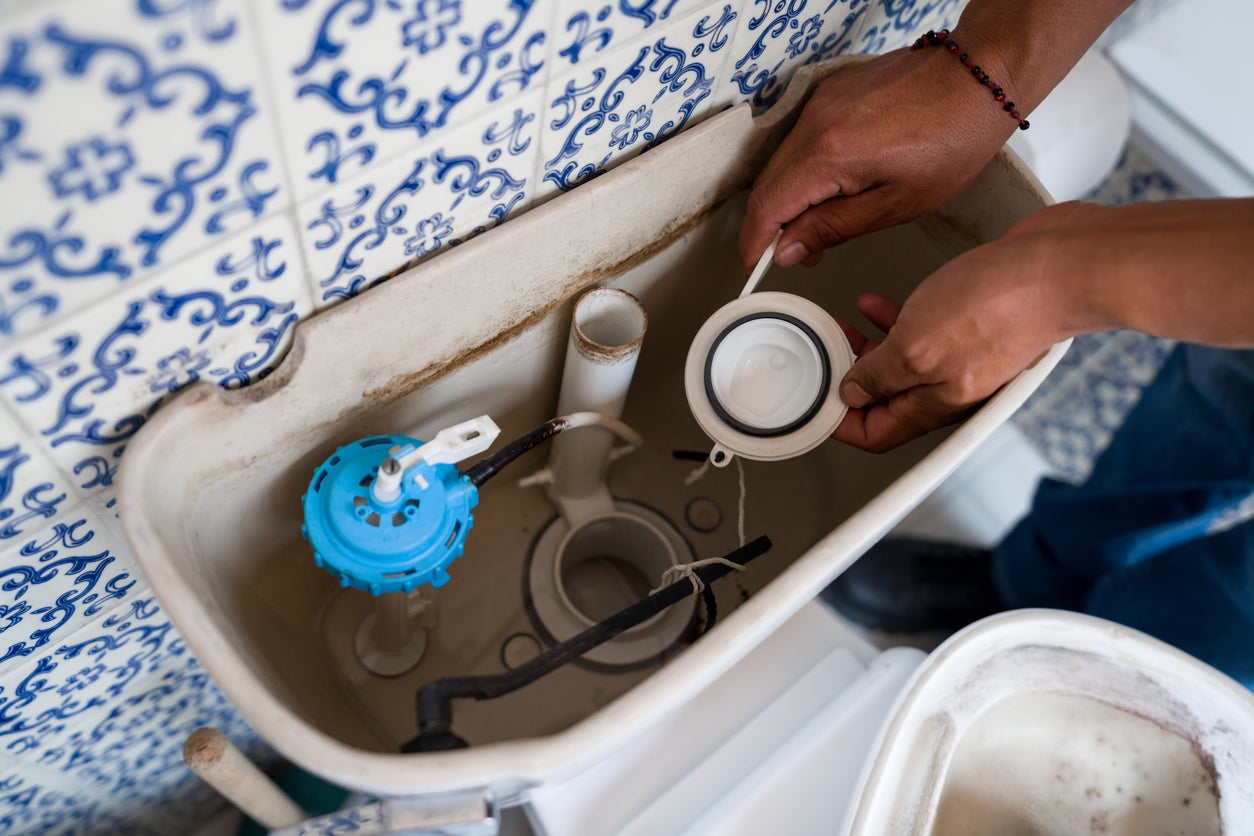
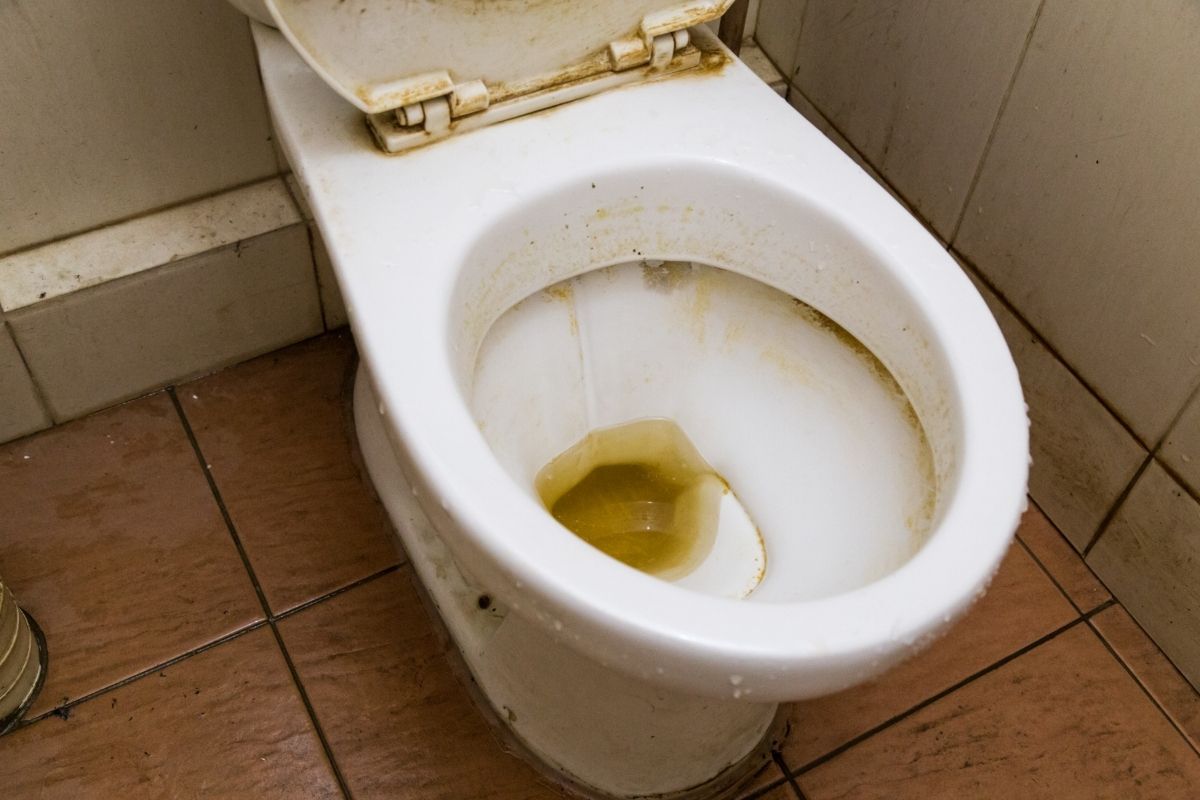
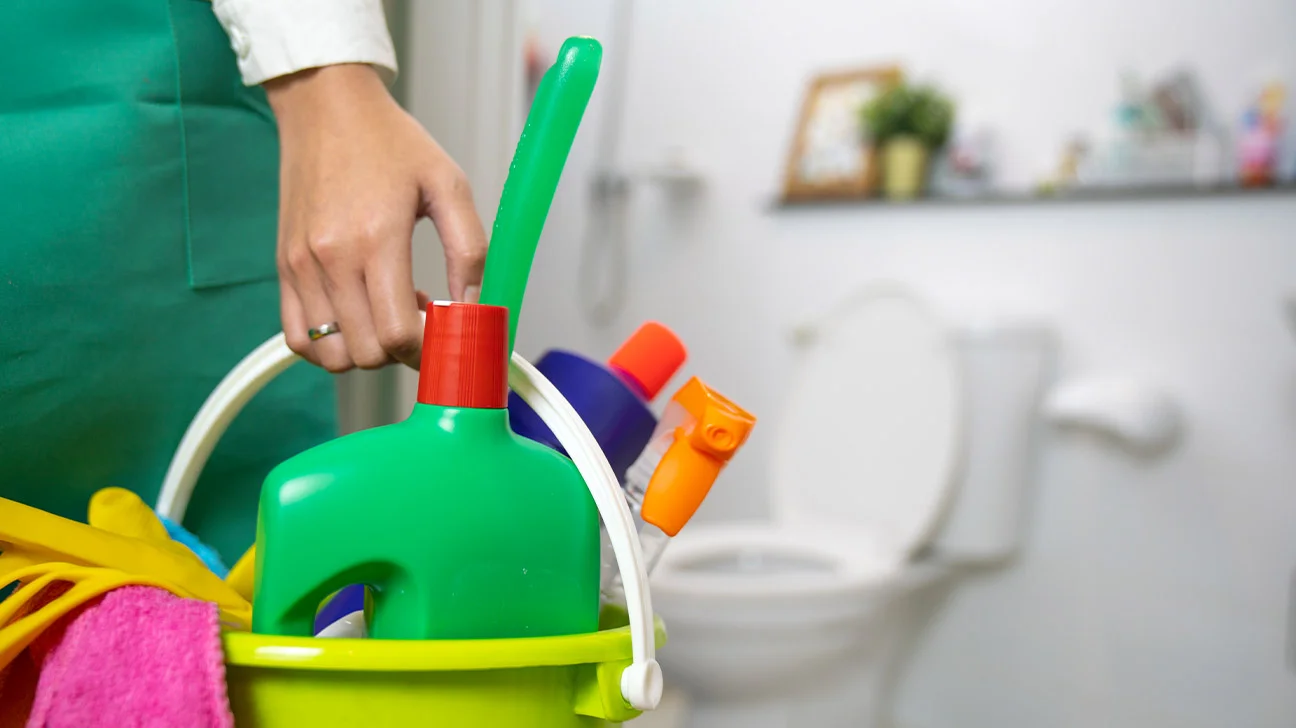
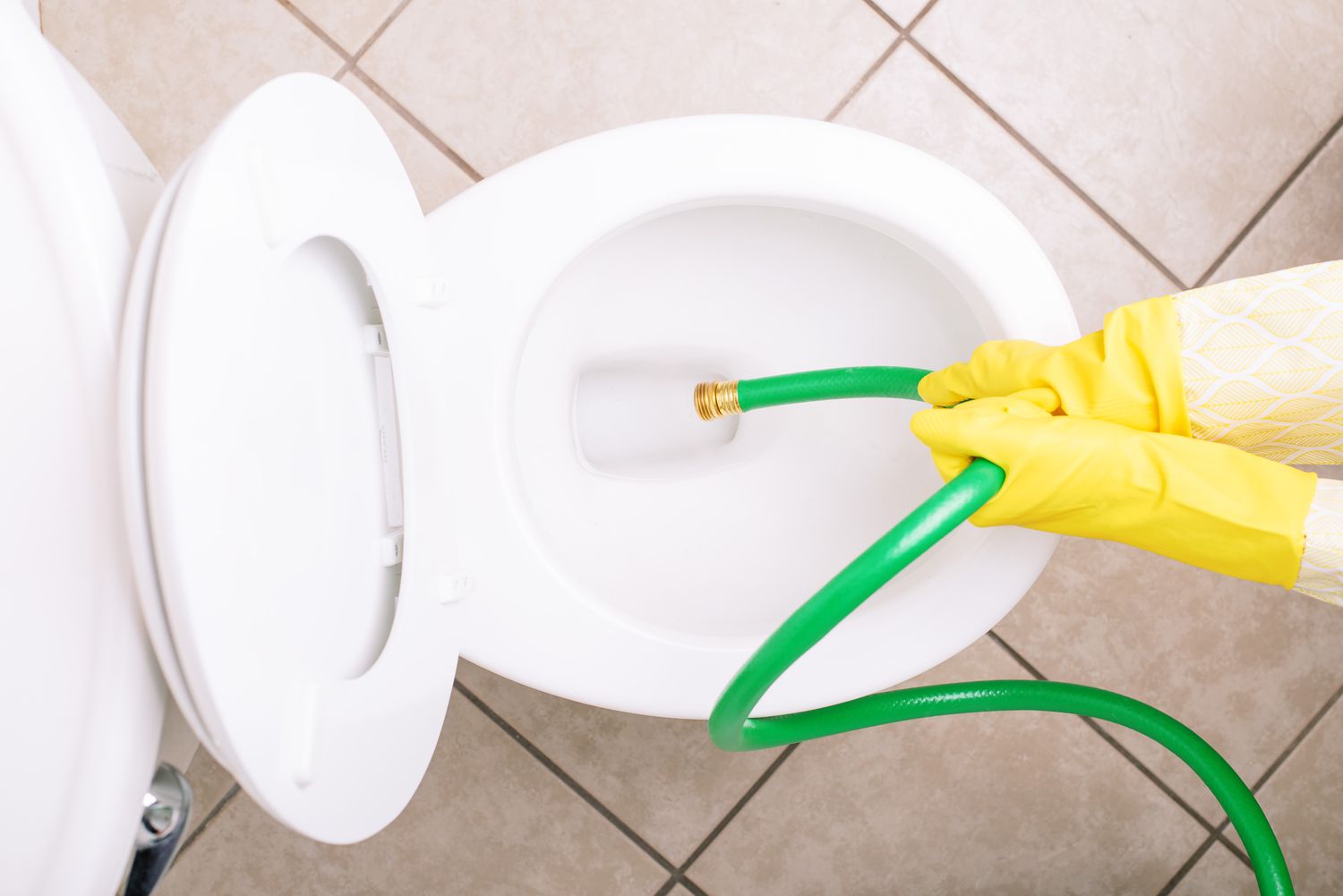
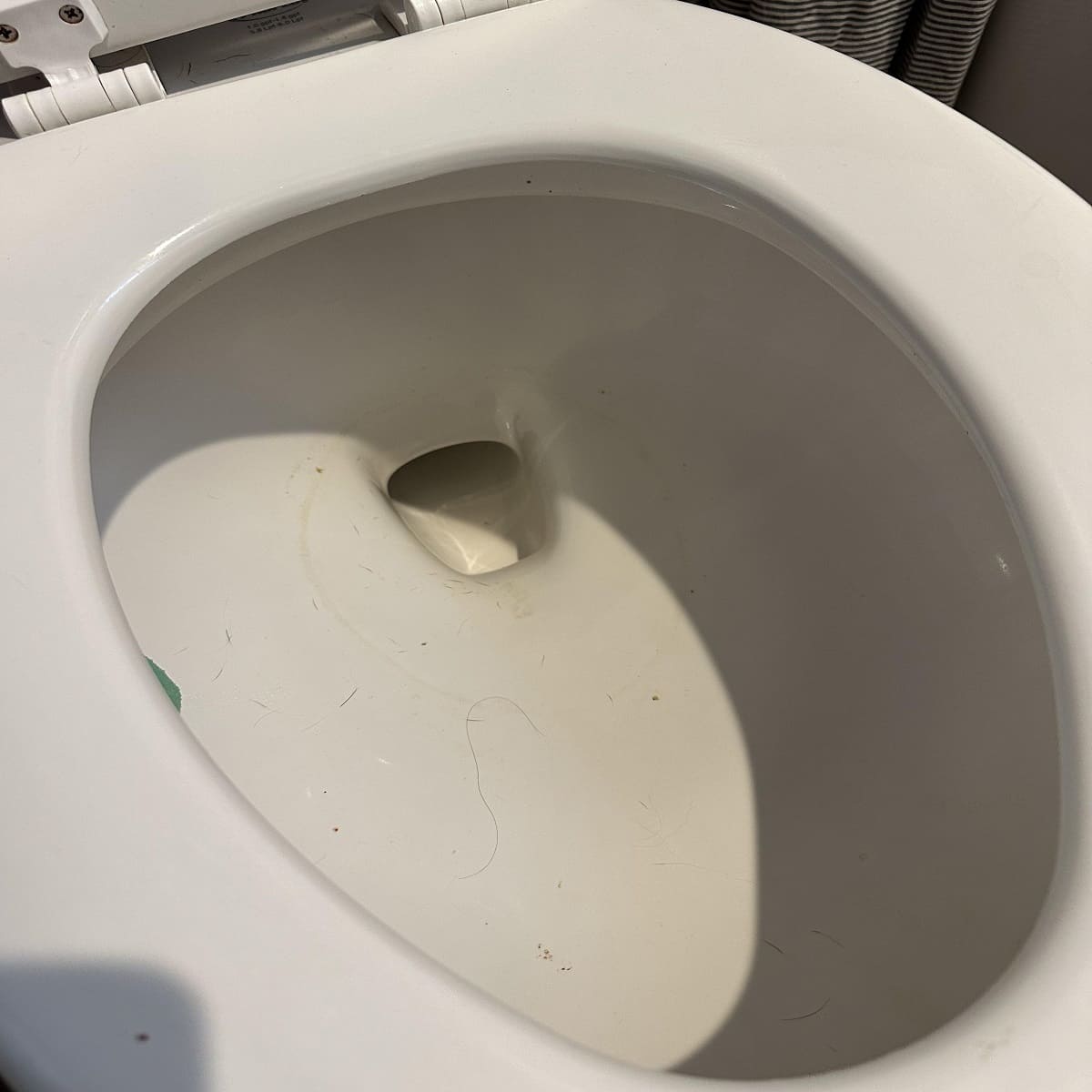
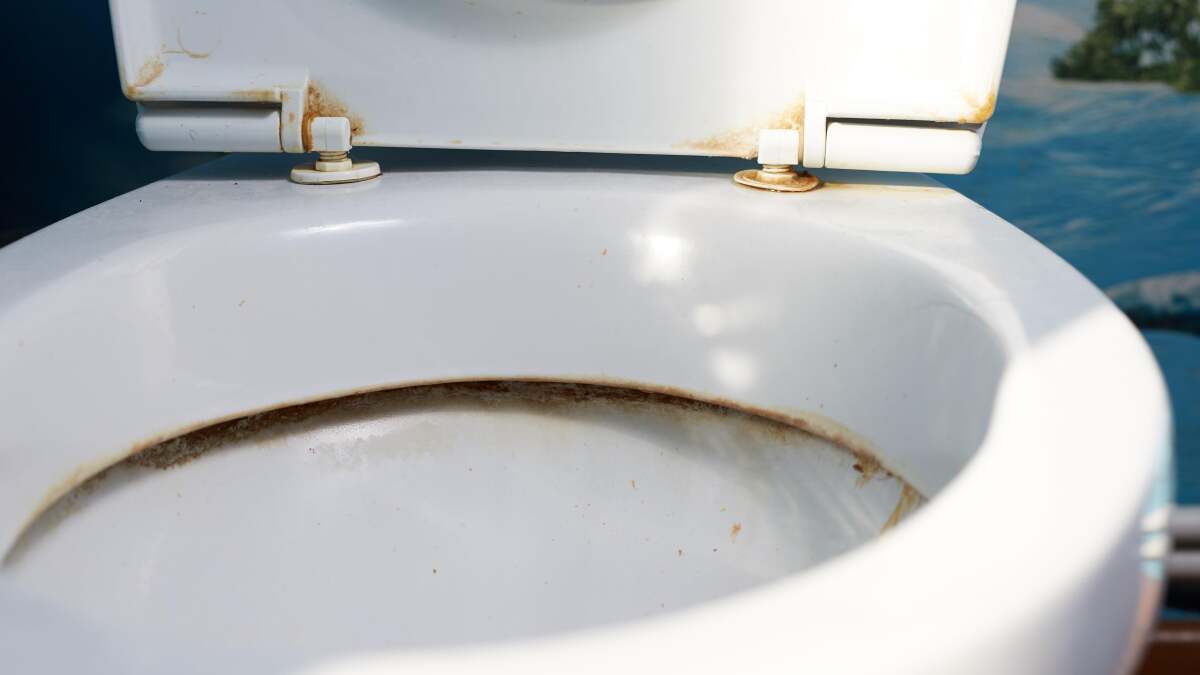
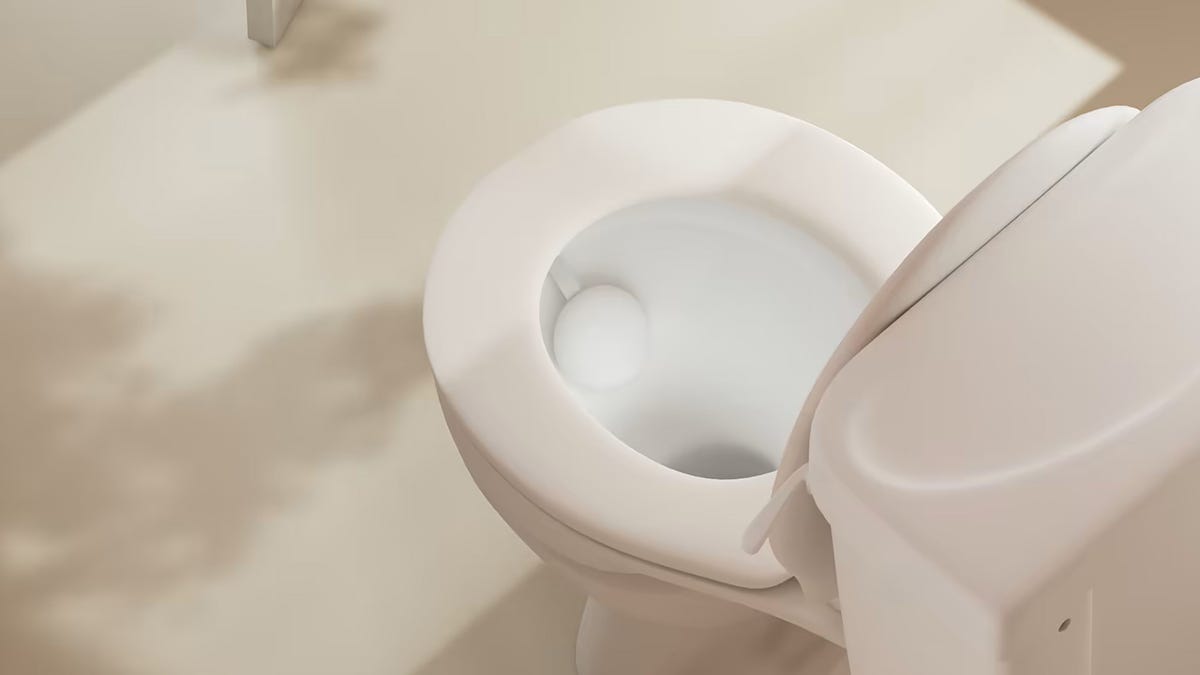
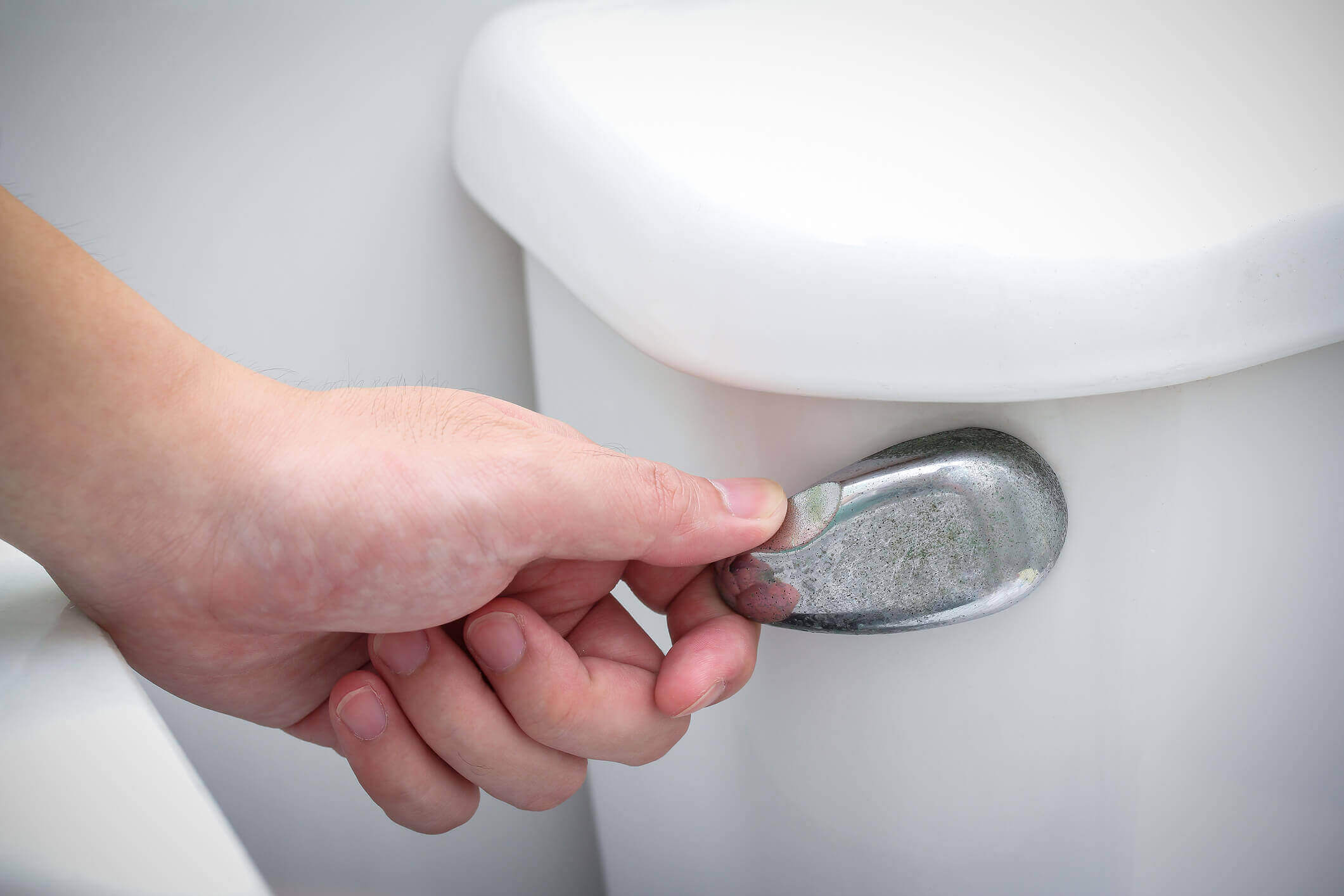
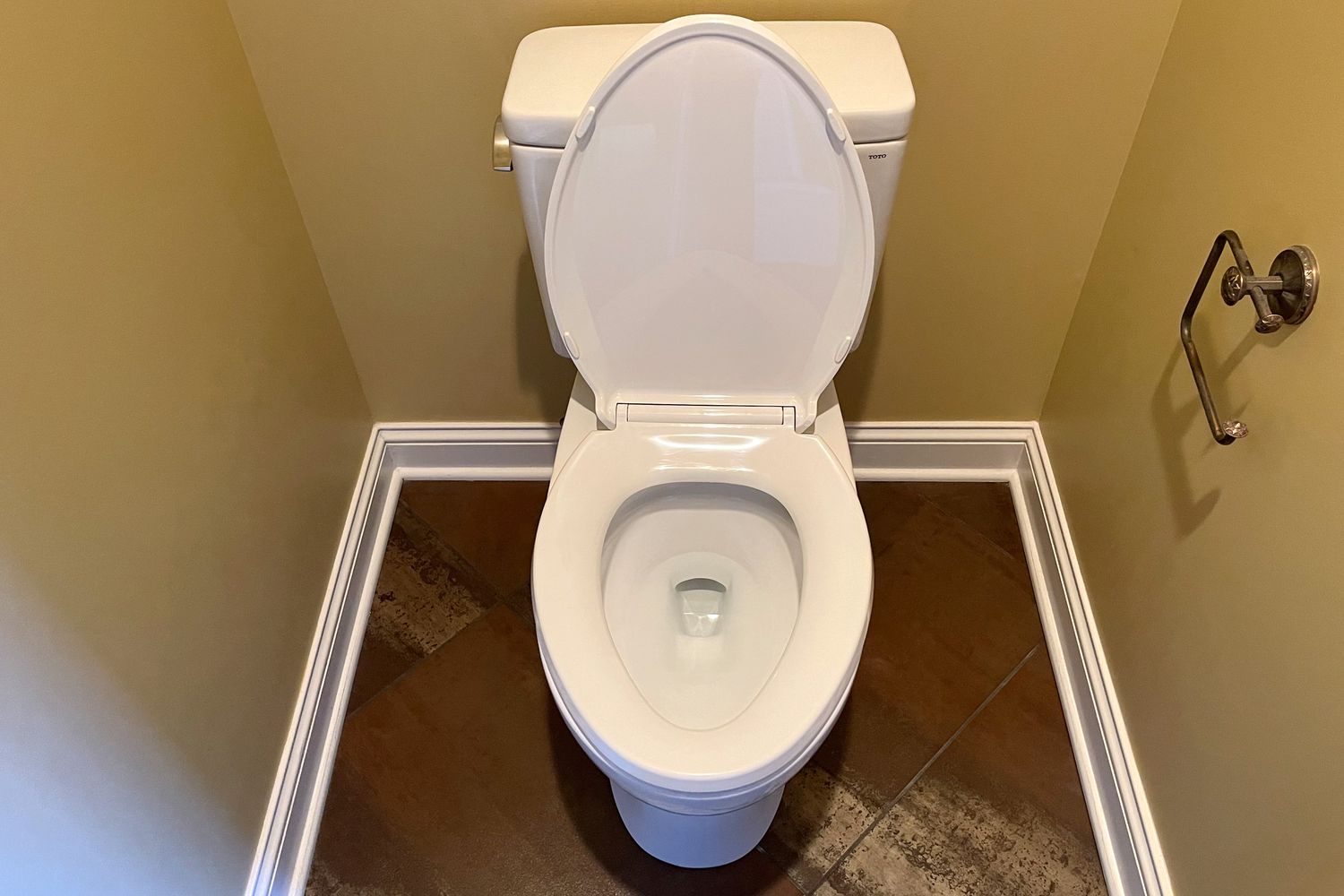
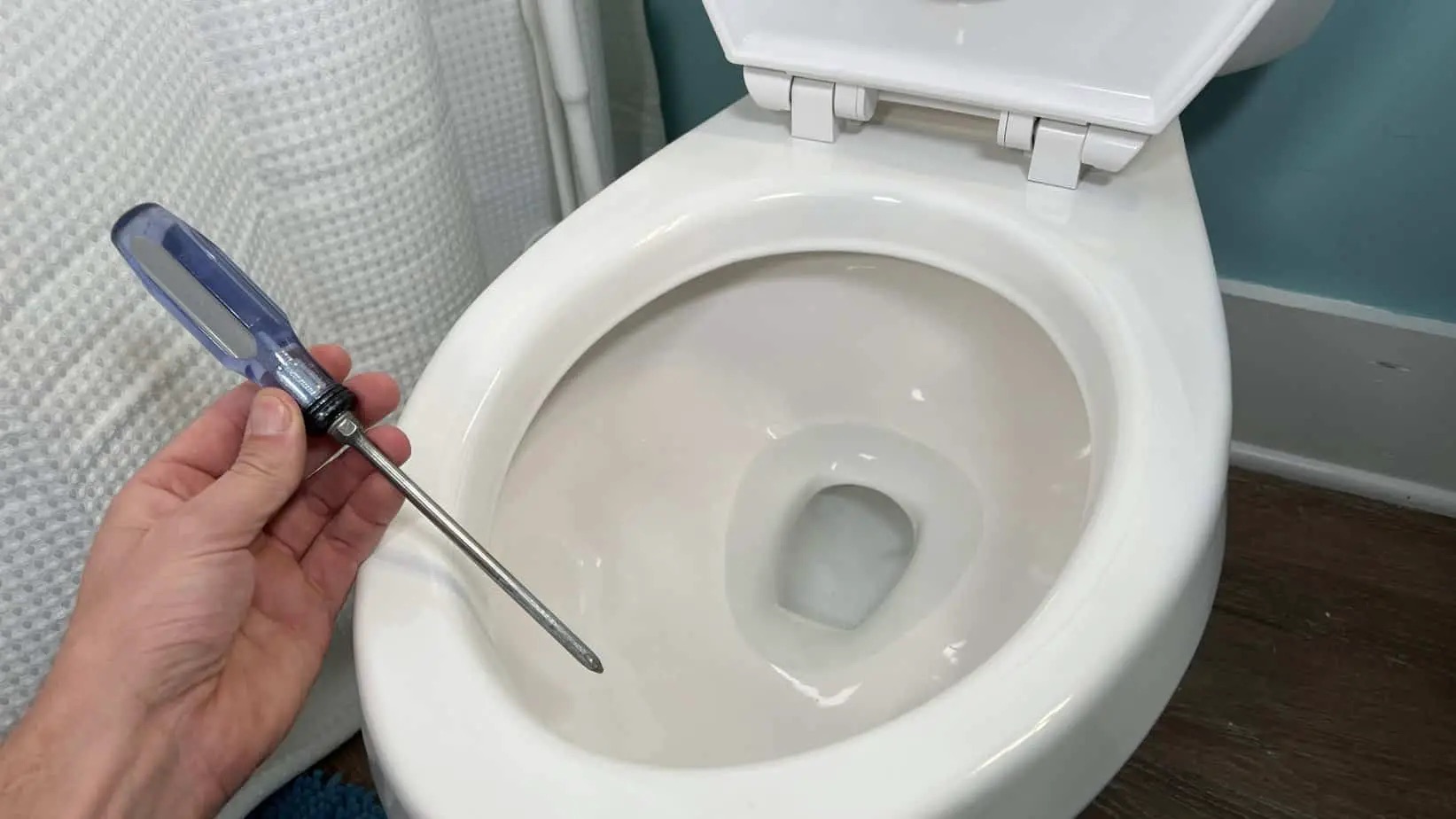
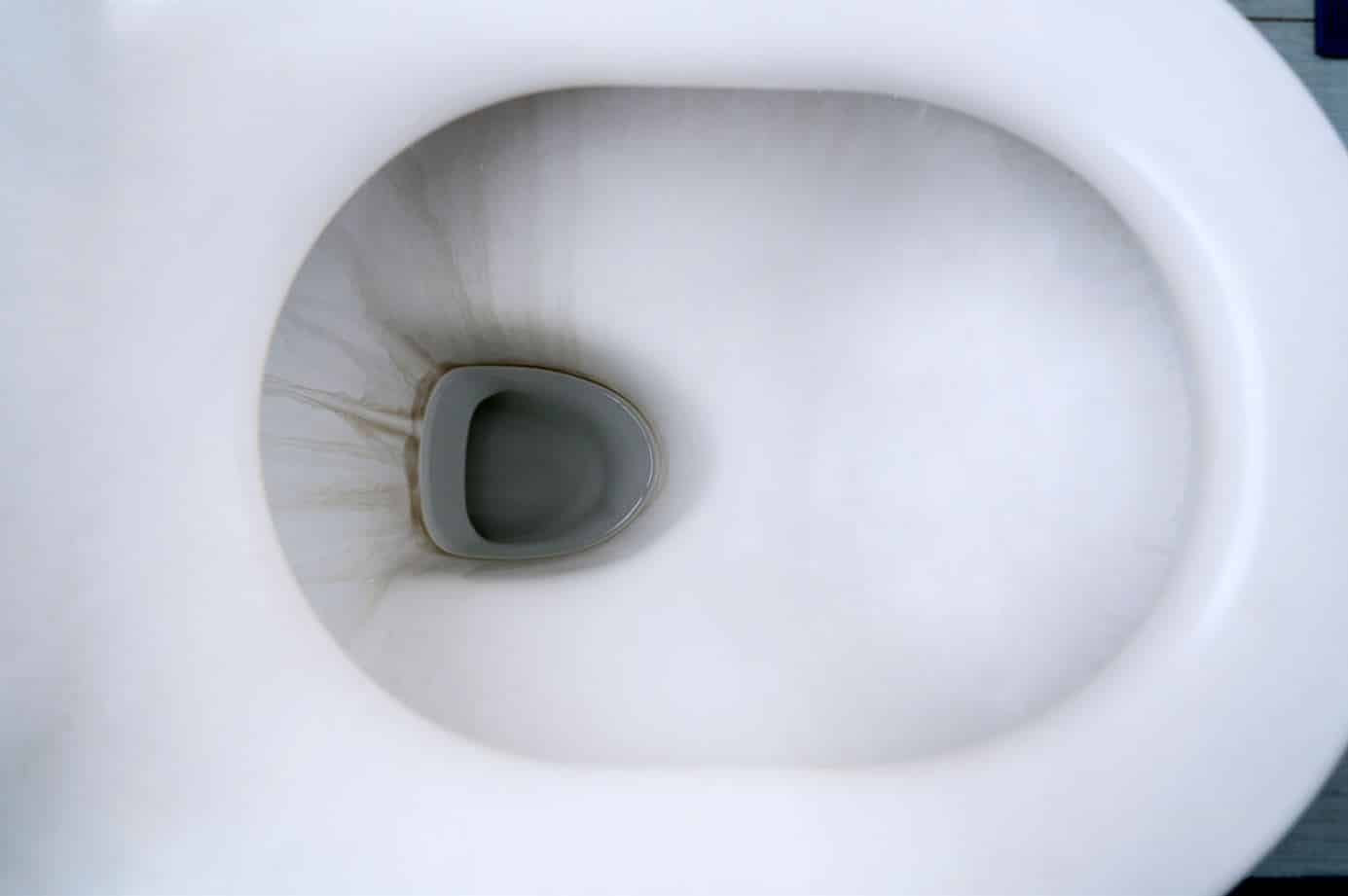

0 thoughts on “How Do I Fix Low Water Level In Toilet Bowl”